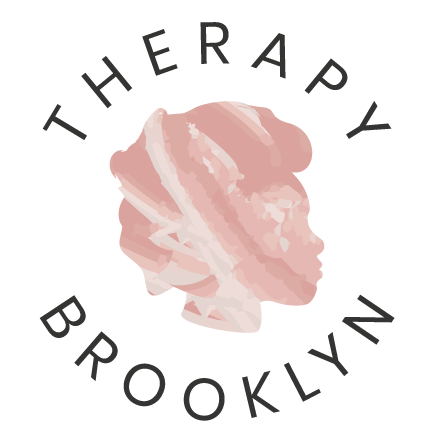Therapy, S1E05, Insecure: The Turning Point
What are the elements of a turning point? Some might experience feeling fed up, alone, disconnected, misunderstood, lost, and a deep desire for change.
Let’s dive back into Issa’s world in Season 1, Episode 5 of the show Insecure. It appears that the two major stressors in Issa’s life are her job and her relationship. Things start to improve at work, but her relationship continues to falter, resulting in her being more distant even as Lawrence perceives them as getting closer.
Imagine you have two or more areas of life that aren’t going the way you want. The more that some areas improve you are faced with how badly other areas really are. You have the choice to address the areas of improvement head on or hope they will get better. After going back and forth with yourself, your friends, and possibly your family you decide what approach you want to take.
Let’s break away from a moment and talk about internal dialogue. While displayed in a creative way, we come to hear all the things Issa thinks, feels, and wants. We are privy to the intimate experience that helps her sort through her own actions versus words. When she talks in the mirror it’s mostly (if not entirely) about romantic relationships, however her inside thoughts about her job happen in the midst of real-time workplace conversations. Everyone processes differently, but these scenes are akin to the playing, and replaying, of experiences to act out what we should, or should have done. Issa’s creative approach reflects the multiplicity of a diasporic experience, which contrasts, yet still encompasses, the Western approach, showing the cyclical and all-encompassing thoughts along the spectrum of “positive” and “negative.”
After a video of an open mic performance is discovered by her students, Issa turns to her friends and partner for support, yet only feels comfort and reassurance from Daniel, who represents a version of herself that she’s been wondering about since the first episode. He does not do anything more or less than those in her inner circle and is in fact the reason the video gets discovered. Yet he represents the connection to the version she craves most. That version is free of having to show up in a relationship that is no longer working, and it allows her to express herself with little to no fear (thank you to Mother Nina Simone who defined freedom as having no fear). We see her spiral through aforementioned feelings and by the end of the episode she makes a decision that ultimately changes the course of her life, those she is connected to, and the trajectory of the series.
Consider past turning points of your life. When you made the decision to change what route did you take? Was it an intentional decision or did things just “happen that way”? As things progressed who did you turn to for support and how did they respond? In the end, did you feel like “everything happens for a reason” or did it feel like you took control of the parts of your life that were accessible to you? These questions are not asked verbatim in therapy, however they are explored so that you and your therapist can better understand your decision-making process, your stages of change, and how to outline a more intentional approach going forward.
The many approaches to therapy will always prioritize your right and ability to choose, when you’re ready, and how that looks.
The turning point is often the moment you attempt to go after what you want, but what’s often overlooked is the “how.” What follows the “how” are feelings like respect, guilt, relief, or even peace.
